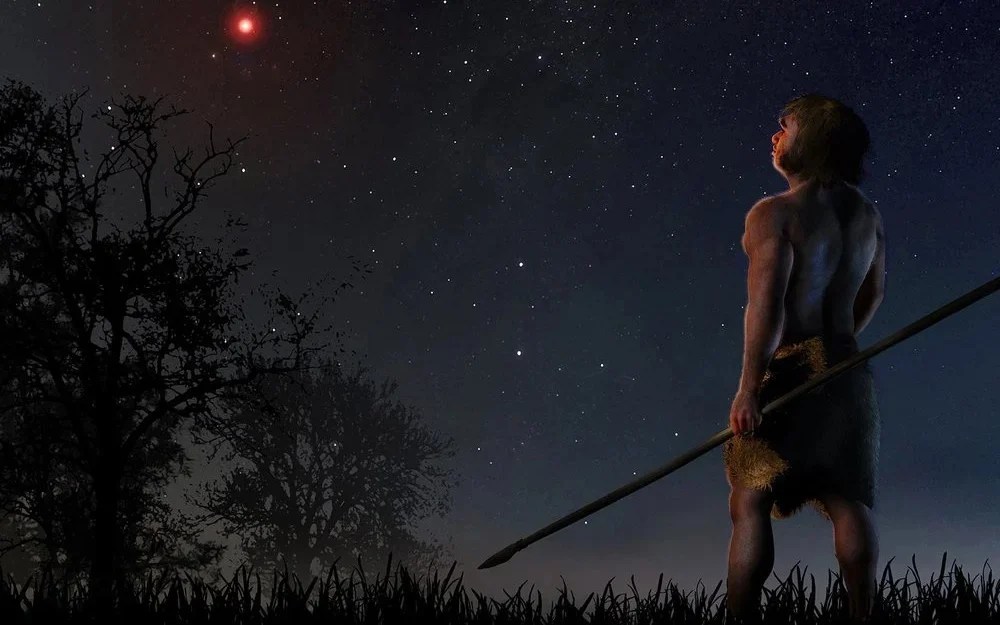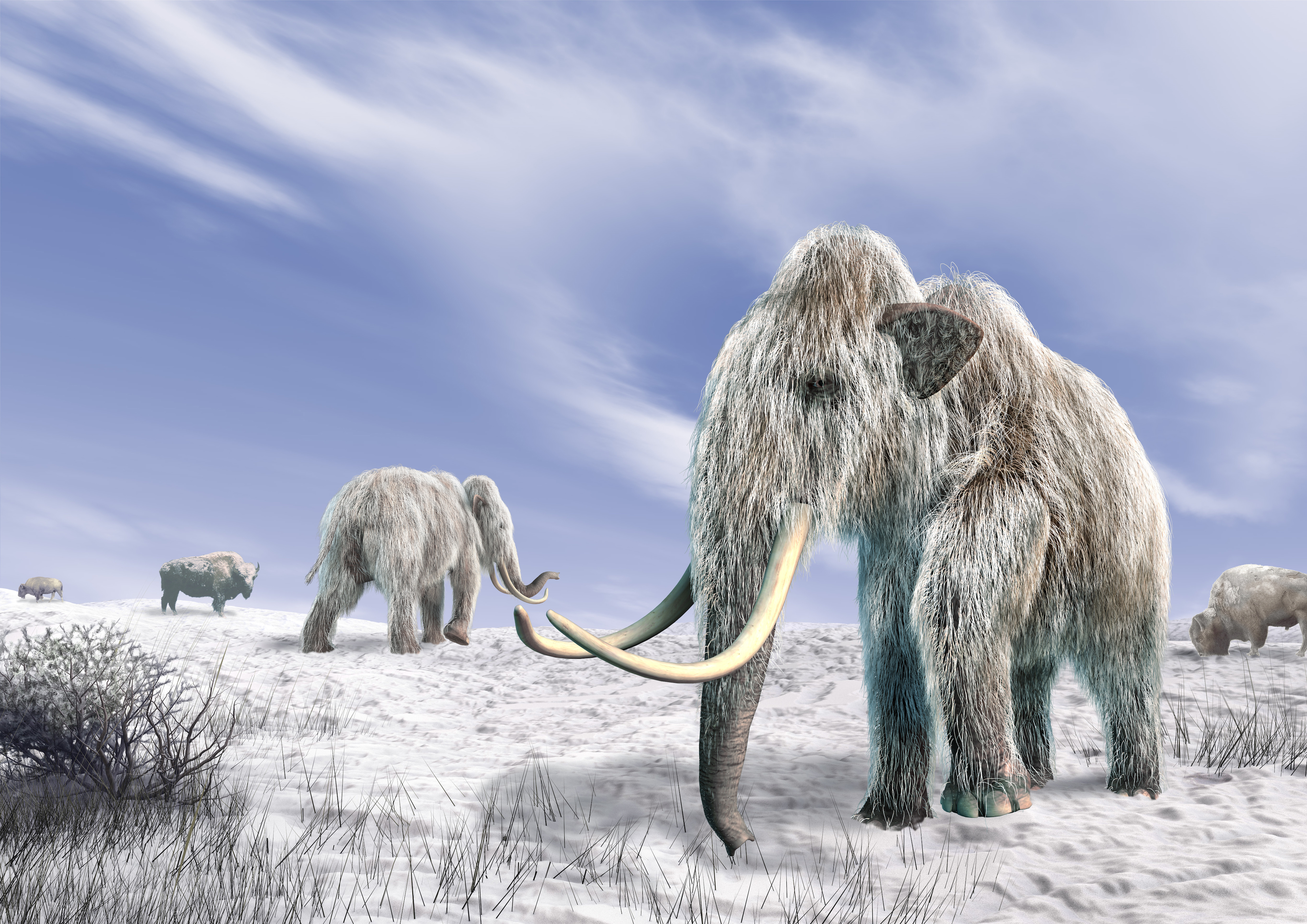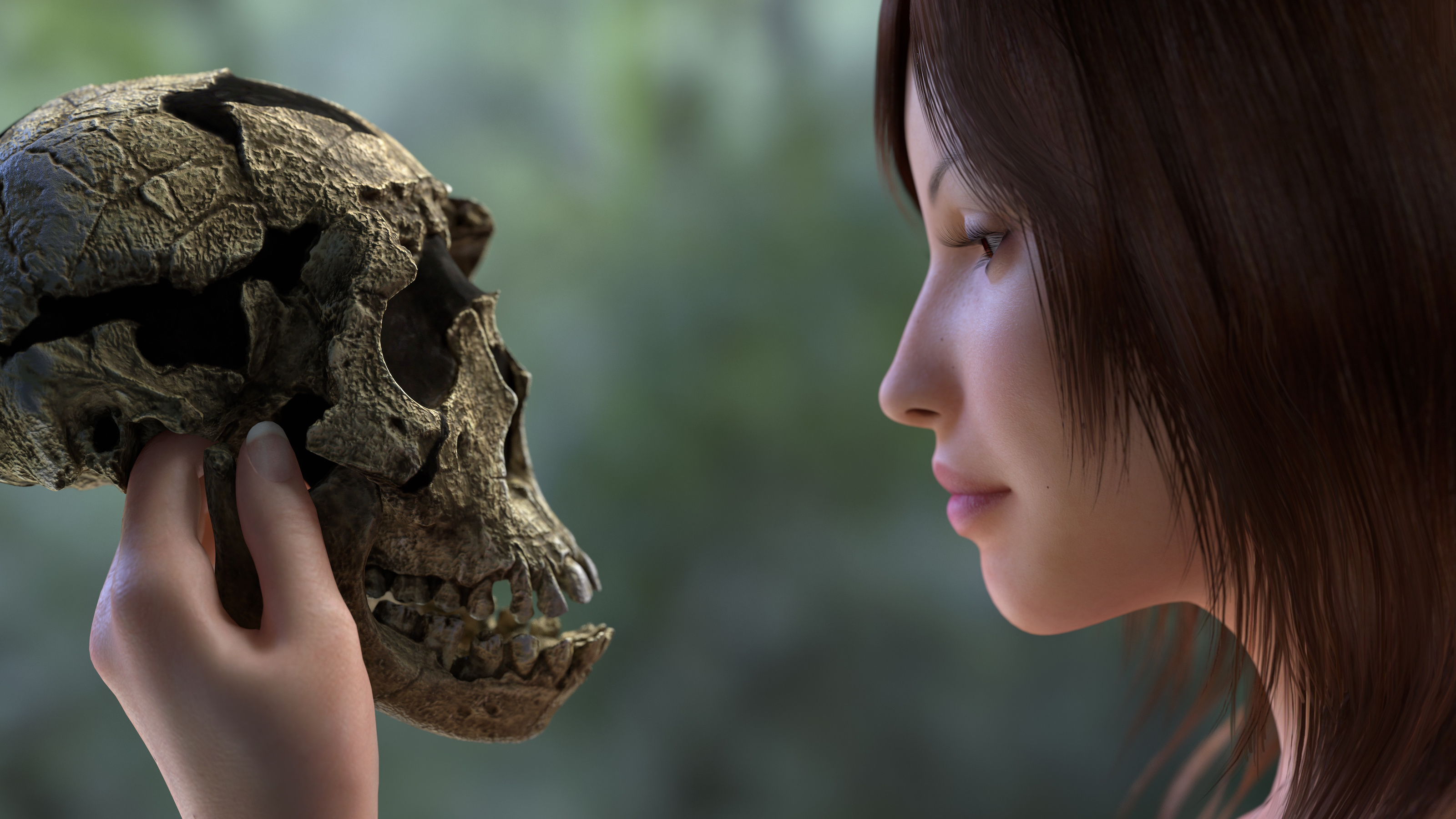Missing Link
Scientists have found a couple of 1.9-million-year-old skeletons in a South African cave that may be “a Rosetta Stone for defining for the first time what the genus Homo is.”
Sign up for Big Think on Substack
The most surprising and impactful new stories delivered to your inbox every week, for free.
Scientists have found a couple of 1.9-million-year-old skeletons in a South African cave that fill in another clue from our primate past. Named australopithecus sediba, these skeletons have many features common to our genus, but also have extra-long forearms and flexible feet — characteristics that date from deep in our primate past. It is unclear whether the skeletons belong to a direct human ancestor, but the fossils provide insight into an unknown period. “We feel that A. sediba might be a Rosetta Stone for defining for the first time what the genus Homo is,” said paleontologist Lee Berger. “They’re going to be a remarkable window, a time machine.”
Sign up for Big Think on Substack
The most surprising and impactful new stories delivered to your inbox every week, for free.



